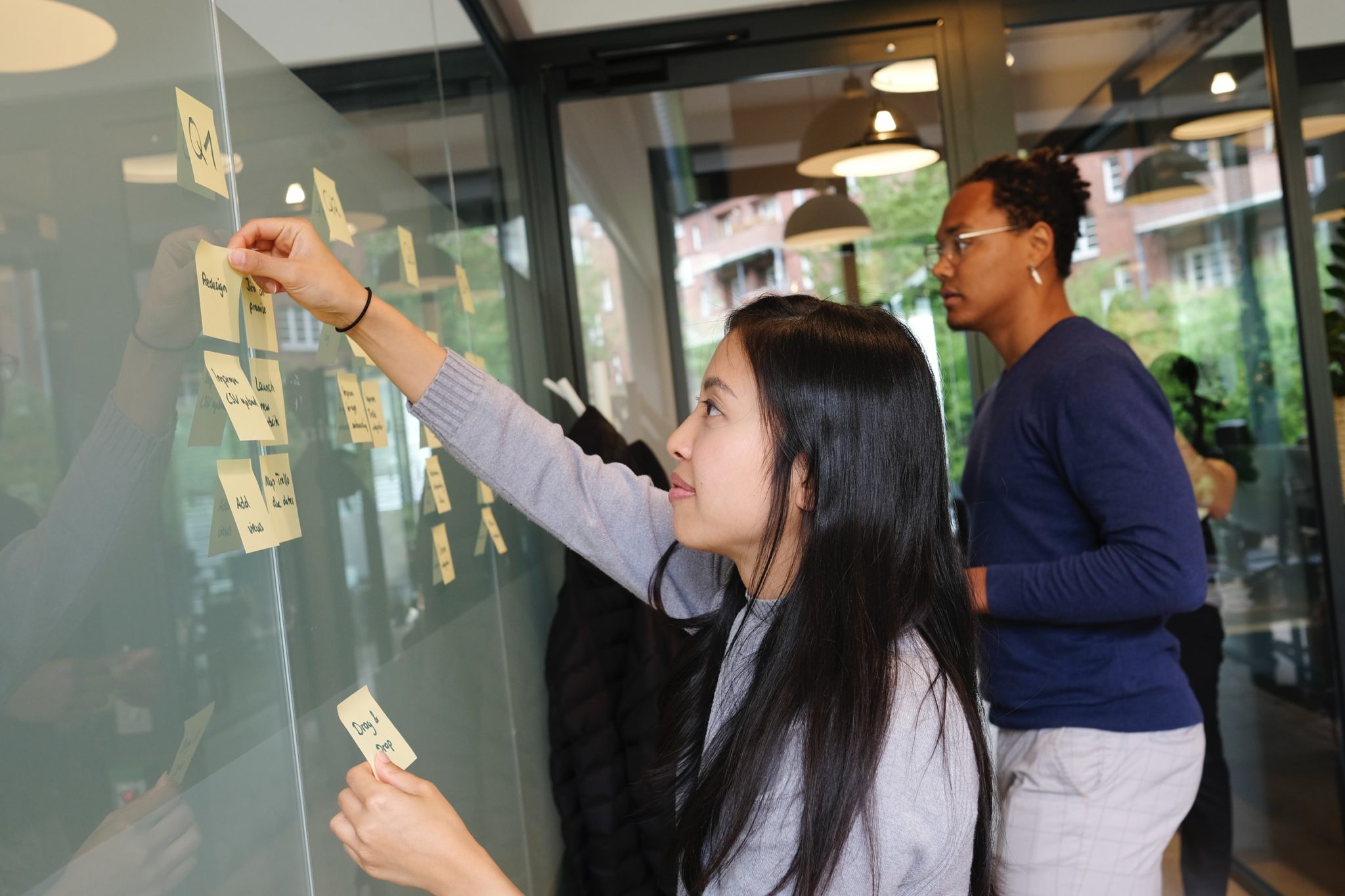We all have our blind spots and biases regarding the application of thought towards a problem or solution. Depending on the strategic outcome you’re looking to reach, resources available or time constraints, it can be easy to lose sight of the overall user experience. In doing so, we often rally behind ideas that get us towards the shift of a commercial needle instead of the desired outcome of a user.
As a Product Manager at Envato, I am guilty of applying an opaque commercial lens at times, building momentum behind numbers instead of user outcomes. Fortunately, i’m surrounded by awesome designers that always try and rebalance the scales and ensure the users get the voice and value they deserve. Without having a solid relationship with the design team, scenarios such as this would play out differently, impacting users’ experience and the potential value obtained from our products.
Building the relationship
Building (and maintaining) a strong relationship between Product and UX functions is crucial for reaching the best outcomes for users while balancing the priorities and strategic drivers of a business.
The foundation for a relationship that goes the distance is trust. Trust should be expressly recognised across each party’s ability, intent, and autonomy in within the product team.
Examples of how this could play out:
- Trust in ability - Embrace the different skill sets and lean into the specialisation that exists across the roles. While there is an obvious crossover between the two disciplines, capitalise on the nuances and experiences unique to each function and celebrate it.
- Trust in intent - When there are differences of opinion, assume positive intent and use these occurrences as an opportunity to learn from each other. You should both be trying to achieve the same goal, so show the working out that drew your conclusions and take each other on the journey.
- Trust in autonomy - Establish clear expectations, roles and responsibilities from the outset. Arguably the most significant contributing factor to disharmony across Product and UX is not knowing ‘where the line is’ and understanding that sometimes it overlaps. Finding the boundaries will take patience, time and practise but will pay dividends for the future.
Maintaining the relationship
Now that you’ve got a solid foundation built upon trust, it is vital to put in the effort to maintain it. Transparent and frequent communication is crucial in sustaining a robust and trusting relationship between Product and UX.
If you’re a Product Manager and you’ve not spoken to UX today (and vice versa), why not? If the answer is anything other than “it’s their day off, they’re on holiday etc.”, you should seriously challenge and rethink that.
A frequent and open dialogue will help increase effectiveness, transparency and alignment across the design, build, ship and learn processes. Such communications remove ambiguity early on and save precious time down the line; as a result, users get access to better products and features faster. In addition, this clarity is a preventative measure for friction between Product and UX, especially when both parties will likely (and often justifiably) assume the right of way in the face of conflict.
Another cornerstone in a strong Product and UX relationship is collaboration. Through collaborative testing, brainstorming, analysis and design, well-rounded outputs can emerge that may not have been considered. Beyond the complementary contributions of the two functions, empathy is built in the process. Not only is empathy gained for your colleague’s ways of working, but also for the users.
Peak collaborative opportunities include:
- User interviews. It may be obvious, but user interviews are a shared responsibility. Although owned by UX, interviews should be attended by all facets of the business where possible. Beyond the insights gleaned from participating, which are indispensable, the bond between Product and UX can be strengthened in the process and carried through into the next phases of product delivery.
- Sketching sessions. Getting ideas onto ‘paper’, be it virtual or analog, is a great way to capture lightning in a bottle. Sketching performed in tandem between Product and UX offers an unparalleled insight into each other's knowledge, perspectives and approaches to a problem. The complimentary brainstorm creates more considered outcomes and creates a space to iterate on ideas together.
- Roadmapping. Setting out the future path for a business through a product roadmap is not something that should happen in isolation. One of the key seats at the table needs to be the UX function. Without this lens we run the risk of shipping bets that users may not actually want. As we test and learn, roadmaps should be dynamic and adapt to inputs provided by UX to ensure the best results for users.
How does a strong Product/UX relationship deliver richer value for users?
While a strong relationship between Product and UX brings efficiency gains and commercial advantage; the ultimate beneficiary of the relationship is the users. The unification of the two disciplines results in a better understanding of users' problems, wants and needs. Commercial drivers are still strategically imperative, however the application of user first thinking ensures the most valuable outcomes for the business and users are achieved.



